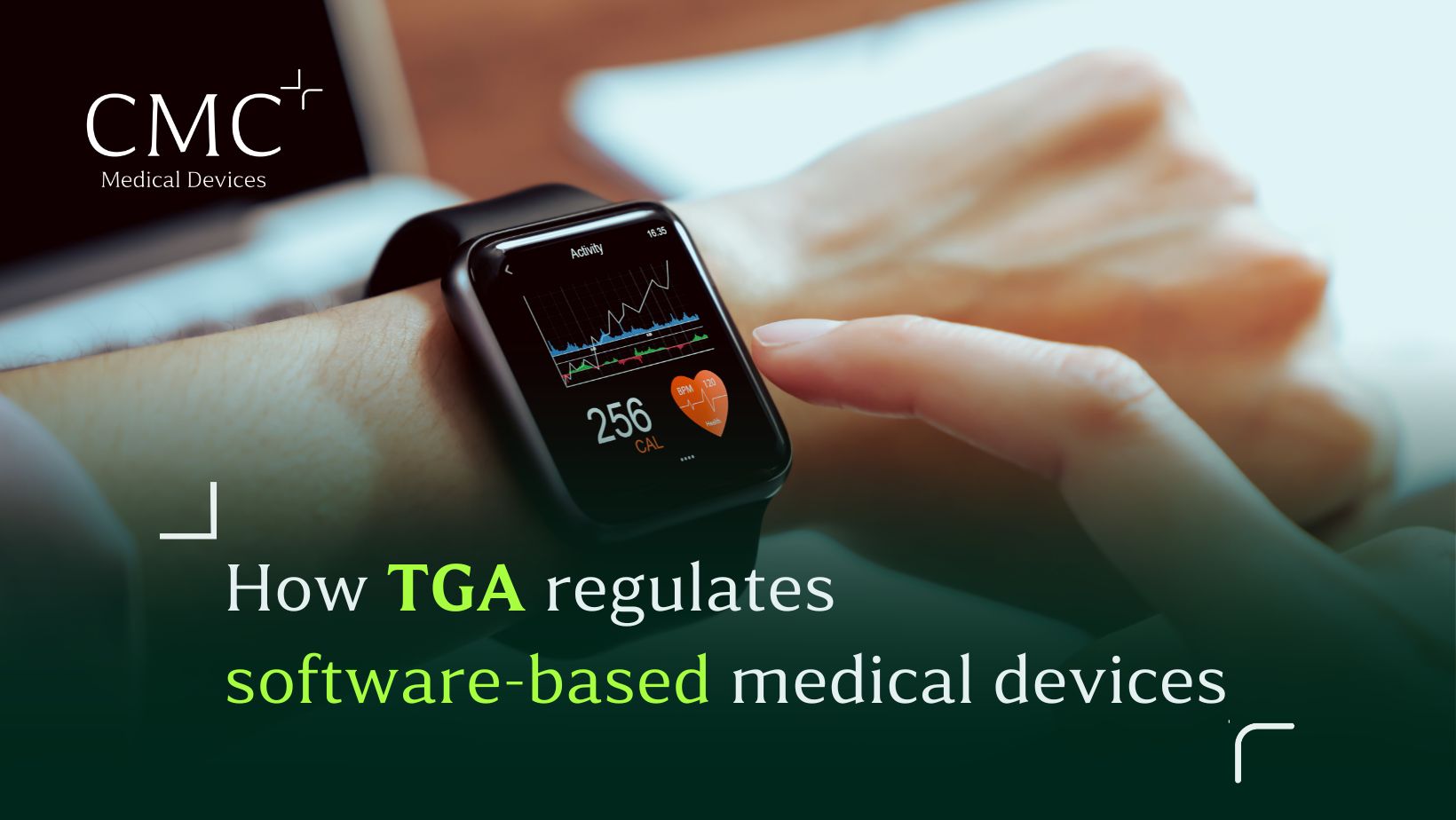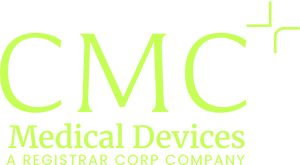Australia’s approach to regulating software-based medical devices
The rapid rise of digital health technologies is transforming healthcare delivery. Software is no longer just an accessory to medical devices, it can operate as a medical device on its own. To guarantee safety and performance, the Therapeutic Goods Administration (TGA) regulates software-based medical devices, including apps, Software as a Medical Device (SaMD), Digital Therapeutics (DTx) and AI solutions. Understanding Australia’s approach to regulating software-based medical devices is essential for manufacturers entering this market.
What counts as a medical device?
Under the Therapeutic Goods Act 1989, software (including mobile apps) qualifies as a medical device when it is intended to diagnose, prevent, monitor or treat disease. By contrast, general wellness or lifestyle apps focused on fitness or healthy habits fall outside TGA regulation. This distinction anchors the regulatory framework for medical software in Australia.
Software as a medical device (SaMD)
Standalone software designed to inform, influence or replace clinical decisions must be included in the Australian Register of Therapeutic Goods (ARTG) before supply. Compliance requires validation against the data collection components it relies on, such as sensors in smartphones or tablets. The higher the risk, the stricter the validation. For instance, diagnostic software that supports decisions for life-threatening conditions faces greater scrutiny — a hallmark of TGA regulation of software-based medical devices.
Digital therapeutics (DTx)
Digital therapeutics are health software products developed to deliver medical interventions with demonstrated clinical benefit. They are treated as a subset of SaMD within Australia’s regulatory framework. These tools may operate independently or alongside other treatments, for example in the management of obesity or mental health.
Artificial intelligence and large language models
AI and large language models (LLMs), such as ChatGPT or Bard, are increasingly integrated into healthcare applications. When adapted for a medical purpose, they fall under medical device regulation. In that case, developers are considered manufacturers and must demonstrate safety, quality and performance with appropriate clinical and technical evidence, regardless of the underlying technology.
Managing risks and international alignment
Recent literature highlights potential risks associated with medical software, from performance issues to patient safety concerns, reinforcing the need for robust oversight. In addition, the TGA collaborates with the International Medical Device Regulators Forum (IMDRF) to support global harmonisation. This cooperation strengthens how Australia regulates medical software and AI and underpins Australia’s approach to regulating software-based medical devices.
For detailed information, consult the official TGA guidance: Understanding regulation of software-based medical devices.
Need a TGA Sponsor and regulatory support? Our team can help you achieve smooth market entry.




